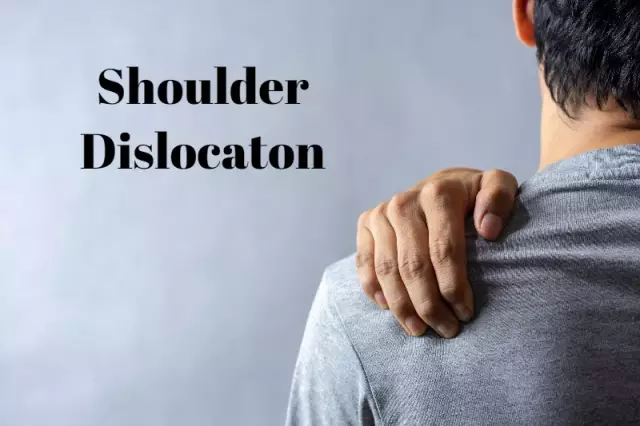- Author Rachel Wainwright [email protected].
- Public 2023-12-15 07:39.
- Last modified 2025-11-02 20:14.
Osteogenesis imperfecta

Osteogenesis imperfecta is a congenital disorder characterized by fragility of bones that tend to become more fragile. People with osteogenesis imperfecta are born with connective tissue defects or type I collagen deficiency. In most cases, the disorder is caused by mutations in the COL1A1 and COL1A2 genes. The disease occurs in one in 20,000 newborns.
Types of osteogenesis imperfecta
There are eight types of osteogenesis imperfecta.
Type I is the most common; it differs from the rest in that collagen has normal quality properties, but is produced in insufficient quantities. The symptoms of type I osteogenesis imperfecta are:
- Brittle bones;
- Joint weakness;
- Slightly protruding eyes;
- Decreased muscle tone;
- Early hearing loss in some children;
- Slight curvature of the spine;
- Discoloration of the sclera (whites of the eyes), which tends to give them a blue-brown hue.
The symptoms of osteogenesis imperfecta type II are:
- Insufficient collagen content;
- Breathing problems due to underdeveloped lungs;
- Short stature;
- Deformation of the bones.
Type II can be divided into groups A, B, C, which differ due to the radiographic examination of the long tubular bone and ribs.
In most cases, patients die within the first year of life due to respiratory failure or intracranial hemorrhage.
Osteogenesis imperfecta of type III is characterized by the following symptoms:
- Collagen is produced in sufficient quantity, but not in sufficient quality;
- Slight fragility of bones, sometimes even at birth;
- Deformation of the bones;
- Possible breathing problems;
- Short stature, curvature of the spine, sometimes also barrel-shaped chest;
- Weakness of the ligamentous apparatus of the joints;
- Weakness of the muscle tone of the arms and legs;
- Discoloration of the sclera (whites of the eye);
- Early hair loss.
Life expectancy can be normal, albeit with severe physical disabilities.
IV type of osteogenesis imperfecta is characterized by symptoms:
- Collagen is produced in sufficient quantities, but not of high enough quality;
- Bones break down easily, especially before puberty;
- Short stature, curvature of the spine and a barrel-shaped chest;
- Weak to moderate bone deformation;
- Early hearing loss.

Type V osteogenesis imperfecta has the same clinical signs as type IV. It differs in the appearance of the ethmoid bone, radial dislocation of the head and mixed hearing loss, leading to calcification of the membrane between the two bones of the forearm.
Type VI of osteogenesis imperfecta has the same clinical signs as type IV, but differs in the uniqueness of the histological data of bone tissue. Type VI osteogenesis imperfecta is caused by loss of function and mutation of the Serpin F1 gene.
Osteogenesis imperfecta type VII is caused by a mutation of a protein in cartilage tissue, while osteogenesis imperfecta type VIII is a severe and fatal disorder that is associated with a change in the protein containing leucine and proline.
Treatment of osteogenesis imperfecta
There is no cure for osteogenesis imperfecta, since this disease is congenital (genetic). Treatment aims to increase the overall strength of bones to prevent and halt further bone breakdown. Also, bisphosphonate therapy is used, which helps to increase bone mass, reduce bone pain and bone destruction. In severe cases, surgery is performed and the rods are placed inside the bones.
YouTube video related to the article:
The information is generalized and provided for informational purposes only. At the first sign of illness, see your doctor. Self-medication is hazardous to health!






